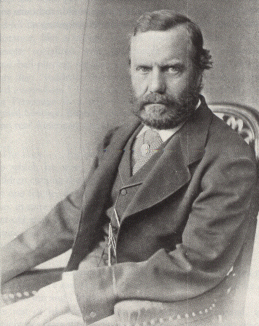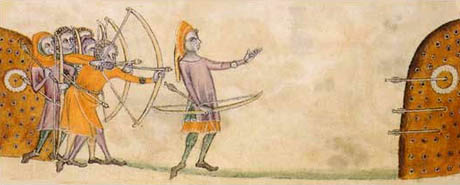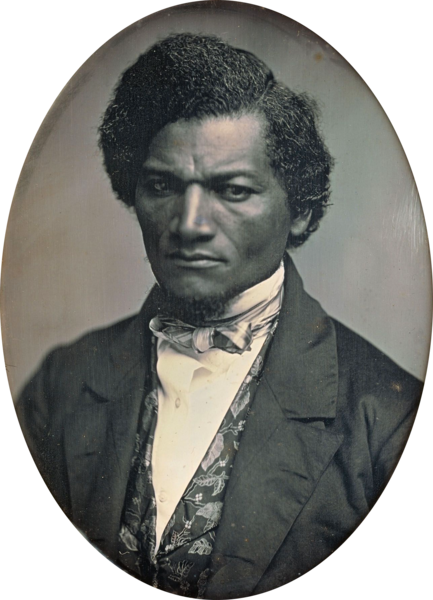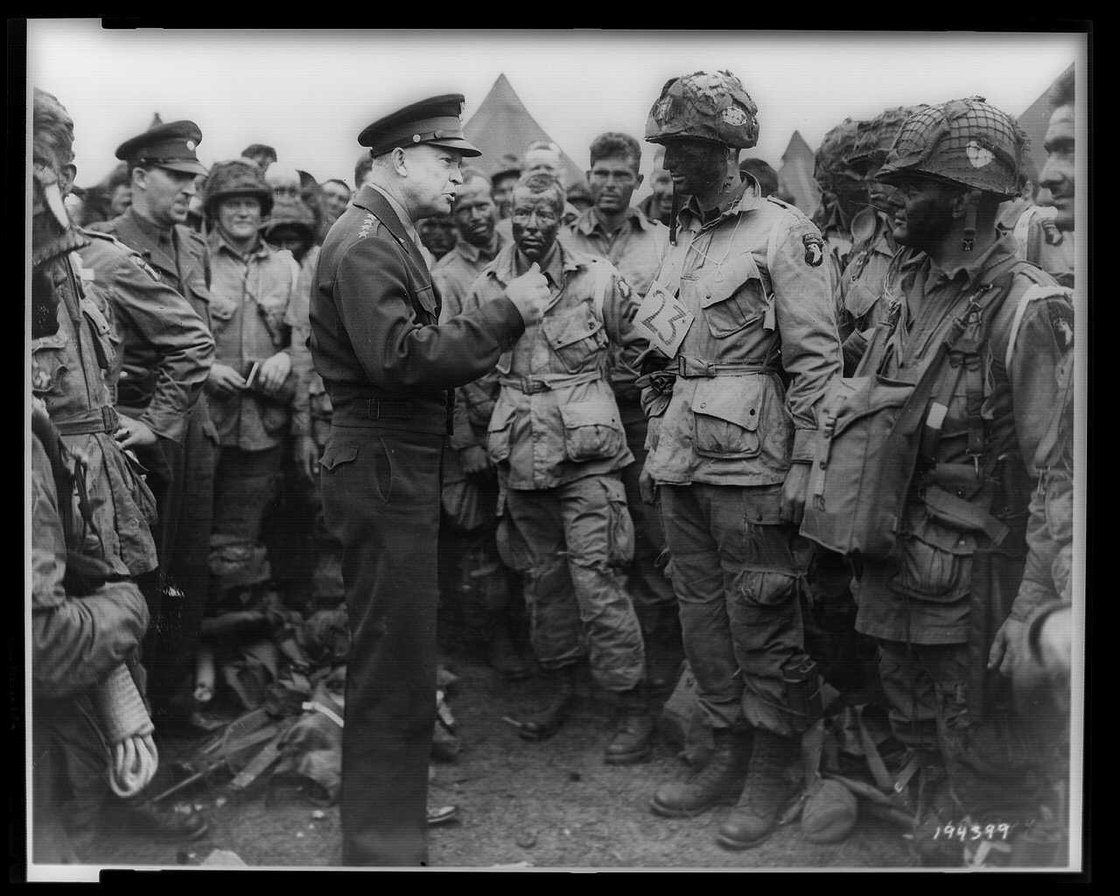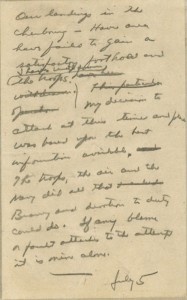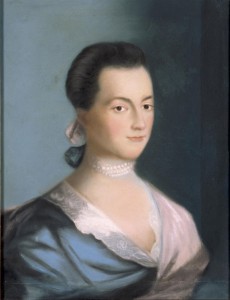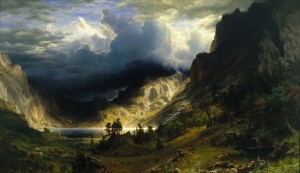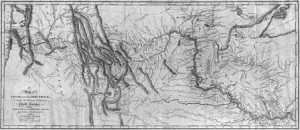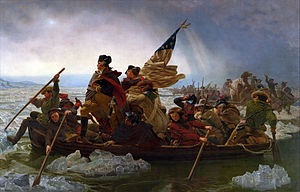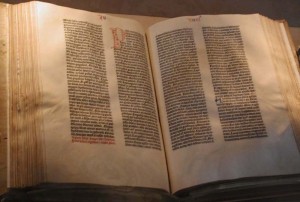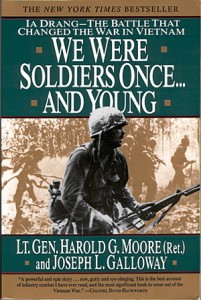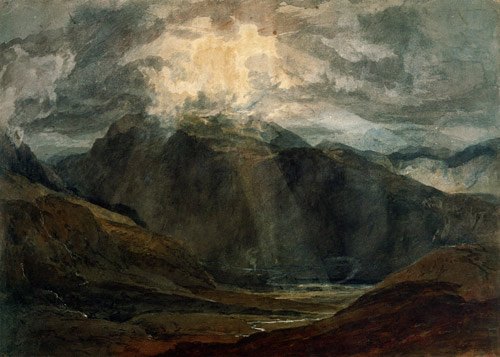A History of Shadows
It is an unfortunate trait of the passage of time that only what is recorded is known as the “true history” from our collective past.
It is for this reason that history textbooks focus mainly on those who were once famous, wealthy or powerful—those who had the intention and means to write or be written about during their own lifetimes.
But even these records fall short. What we know of history in the academic sense is often only a shadow of a past reality that does not resemble anything of what was once flesh and bone.
What else can we do but use our imagination when all the momentous successes and sorrowful tribulations experienced during a well-spent lifespan can be reduced to a shoebox of faded photographs and stuffed in a forgotten corner?
Our need to fill the vacuum that is left after a generation is extinguished is why the history shelves of commercial bookstores sag with distorted profiles of subjective discoveries injected with the modern political or personal viewpoints of their authors.
As the noted historian Jacob Burckhardt observed, history “is on every occasion the record of what one age finds worthy of note in another.” (1)
But the true story is exponentially larger than the historical record. Most of the great men and women who have walked the earth are unknown to history.
Though their voices are now silent to us, many of our ancestors seized the unique opportunities of their day—their personal kairos moments—to make their quiet corner of the world a better place.
The exploits of these “silent” great men and women often filled the oral histories of their families until, with time and distance, they faded away completely.
Sometimes, though, a partial record of these actions remains due to their close proximity to other great events where the historical spotlight shines more brightly.
For example, the first great Theodore Roosevelt was not the man we see on Mount Rushmore. By his own admission, the greatest man the 26th President of the United States ever knew was his own father, Theodore Roosevelt, Sr.
Roosevelt’s famous son and namesake would later write in his biography, “I never knew any one who got greater joy out of living than did my father, or any one who more whole-heartedly performed every duty; and no one whom I have ever met approached his combination of enjoyment of life and performance of duty.” (2)
By all accounts, the first Theodore, with his china-blue eyes, chestnut hair and full beard, was an energetic lion of man with a sensitive soul.
“My father worked hard at his business, for he died when he was forty-six, too early to have retired,” said his son. “He was interested in every social reform movement, and he did an immense amount of practical charitable work himself. He was a big, powerful man, with a leonine face, and his heart filled with gentleness for those who needed help or protection, and with the possibility of much wrath against a bully or an oppressor.” (3)
Though he moved freely among the most elite circles of New York society, Roosevelt became best known to his friends for his charitable work. He worked tirelessly to improve the lives of those suffering around him and constantly recruited wealthy friends to sponsor his philanthropic efforts.
Though he helped to found the American Museum of Natural History and the Metropolitan Museum of Art, much of his philanthropic work was done behind the scenes. Even with four demanding children of his own he would spend most Sunday nights among the orphans of the Newsboys’ Lodging House and was involved with other organizations such as Miss Sattery’s Night School for Little Italians. (4)
His quiet work benefited the lives of an unknown number of men, women, and children, but was even more far-reaching in ways well beyond what he could possibly know at the time.
More than twenty years after Roosevelt’s death, his son, then governor of New York, met the governor of the Alaska Territory, John Green Brady, at a conference. Brady, who was then governor of 570,000 square miles of American soil, had been born in squalor at the lower end of Roosevelt Street in New York. (5)
Vigorously shaking the younger Theodore Roosevelt’s hand, Brady, a Yale graduate, said, “Your father picked me up on the streets of New York, a waif and an orphan, and sent me to a Western family, paying for my transportation and early care. Years passed and I was able to repay the money which had given me my start in life, but I can never repay what he did for me, for it was through that early care and by giving me such a foster mother and father that I gradually rose in the world until I greet his son as a fellow governor of a part of our great country.” (6)
Without the benefit of his son’s future fame the first Roosevelt would likely be an obscure figure in the history of New York city, but it was great, big-hearted men and women like him who quietly shaped the world we know today. Their efforts, though often unrecorded, built the country where an orphaned newsboy could rise to become a governor.
There is tremendous value in learning all we can from the records that have been preserved for us, but the stories we have lost are the ones that would likely be the most interesting.
(1) Jacob Burckhardt, Judgements on History and Historians, Section 84: Introduction to the History of the Seventeenth and Eighteenth Centuries, 1929. oll.libertyfund.org/titles/burckhardt-judgments-on-history-and-historians
(2) Theodore Roosevelt, An Autobiography, New York: Macmillan, 1913; Bartleby.com, 1998. www.bartleby.com/55/.
(3) Ibid.
(4) Peter Collier with David Horowitz, The Roosevelts: An American Saga, New York: Simon and Schuster, 1994. 29.
(5) “Ex Gov John G. Brady Dies: Once a New York Waif, He Was Alaska’s Executive for Three Terms.” New York Times, December 19, 1918.
(6) Corinne Roosevelt Robinson, “My Brother Theodore Roosevelt,” Scribner’s Magazine, February, 1921, 132.

